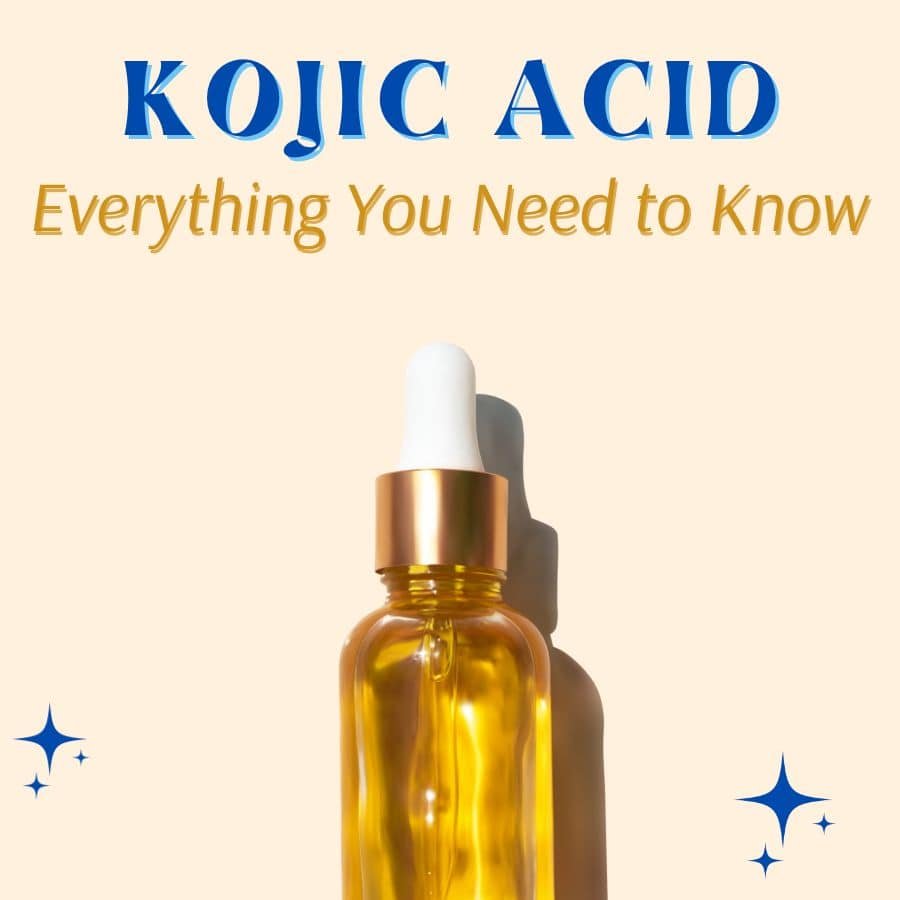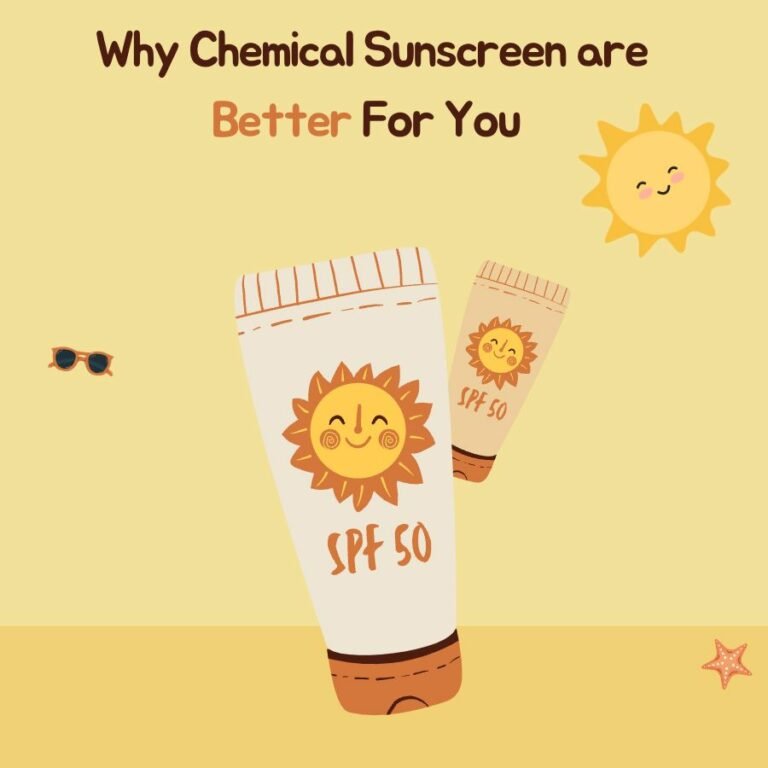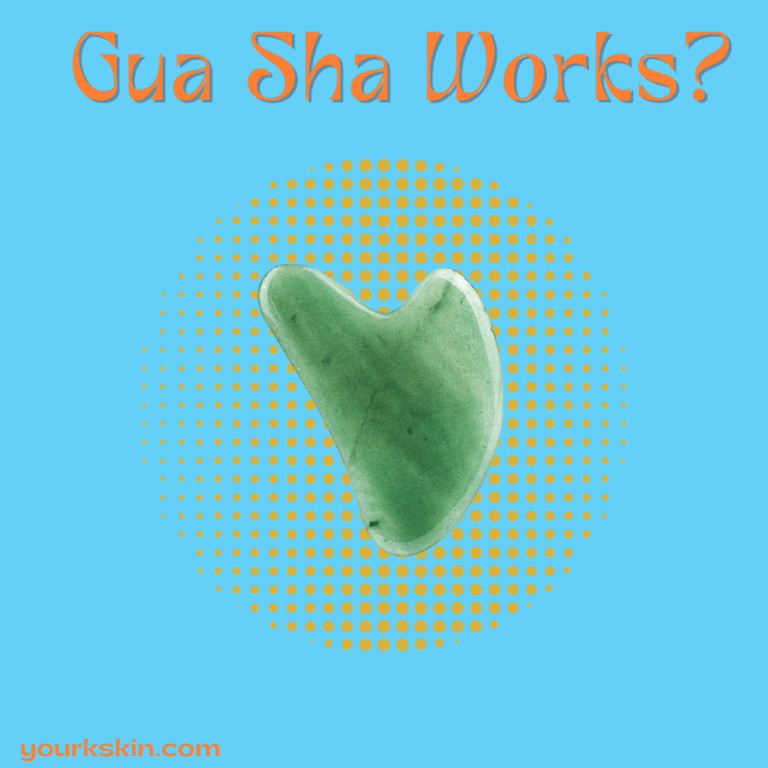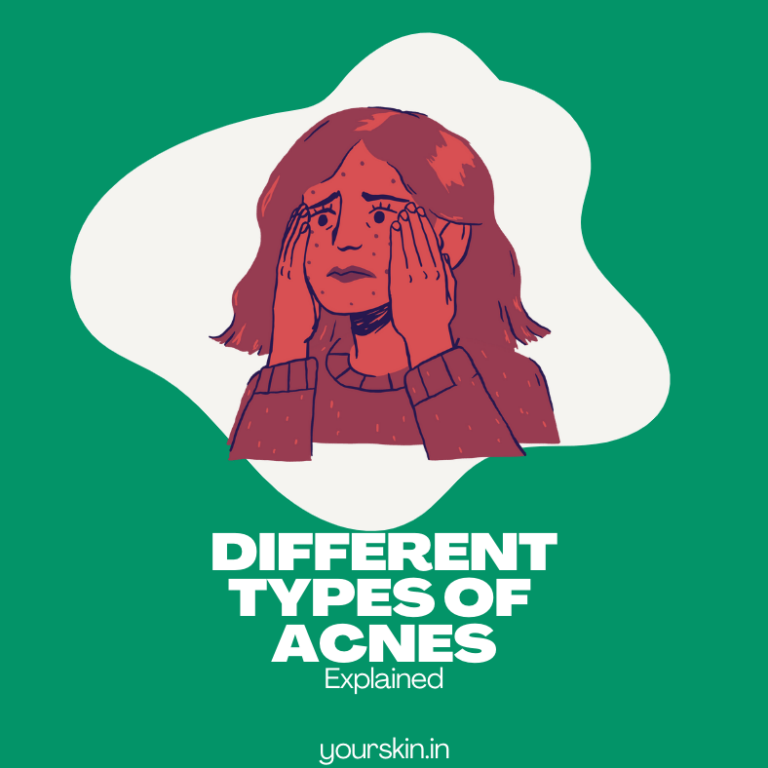There are dozens of “miraculous” skin care products that pop up every day, claiming to give extraordinary results. But they are more of a fad than a fact. So does Kojic acid come under “fad” or “fact”? Let’s find out.
If you are someone suffering from dark spots, melasma, hyperpigmentation, or any other abnormal growth of melanin on your skin, kojic acid is a name you might have heard or read while finding out your solution.
But most people in India are just aware of the name “kojic acid” and nothing more. Before you start applying anything to your skin, it is better to know all about the product.
This article will explain everything you need to know about kojic acid, its uses, benefits, the risks, along with peer-reviewed research papers to support our claims. We will also show how just kojic acid might not be that effective.
What is Kojic Acid?
Kojic acid is a very weak acid and an antioxidant produced by different types of fungi, namely Aspergillus oryzae, Aspergillus alliaceus, etc. It is also the secondary metabolite of familiar fungi such as Penicillium and Acetobacter.
Kojic acid is also produced in the fermentation of rice. In fact, it was discovered through the same process. The term “Kojic” comes from the Japanese term “Koji” which means “steamed rice.”
So Kojic acid is a type of acid that has come with multiple applications in various industries. It is used as a preservative, in medicine, dentistry, and most important for this article, cosmetics.
Use of Kojic Acid in Skin Care
The number one use of kojic acid in skin care is its effects on melanin; it helps lighten the skin and reduce dark spots, uneven skin tone, melasma, scars, etc. Basically, it reduces the growth of melanin to give the skin a lightening effect.
Apart from that, it also has anti-bacterial and anti-fungal properties. But these are the secondary effects. Dermatologists and people are surprised and excited by its skin-lightening properties.
In summary, kojic acid benefits in:
- Skin lightening
- Helps in collagen production
- Used in dental care products
- Reduces dark spots, sun spots
- Fades away scar marks, acne marks, etc
- Prevents UV damage
- Antibacterial and antifungal effects
Do note that it is not approved in the United States by the FDA, while it has been approved in India in specified concentrations by the CDSCO.
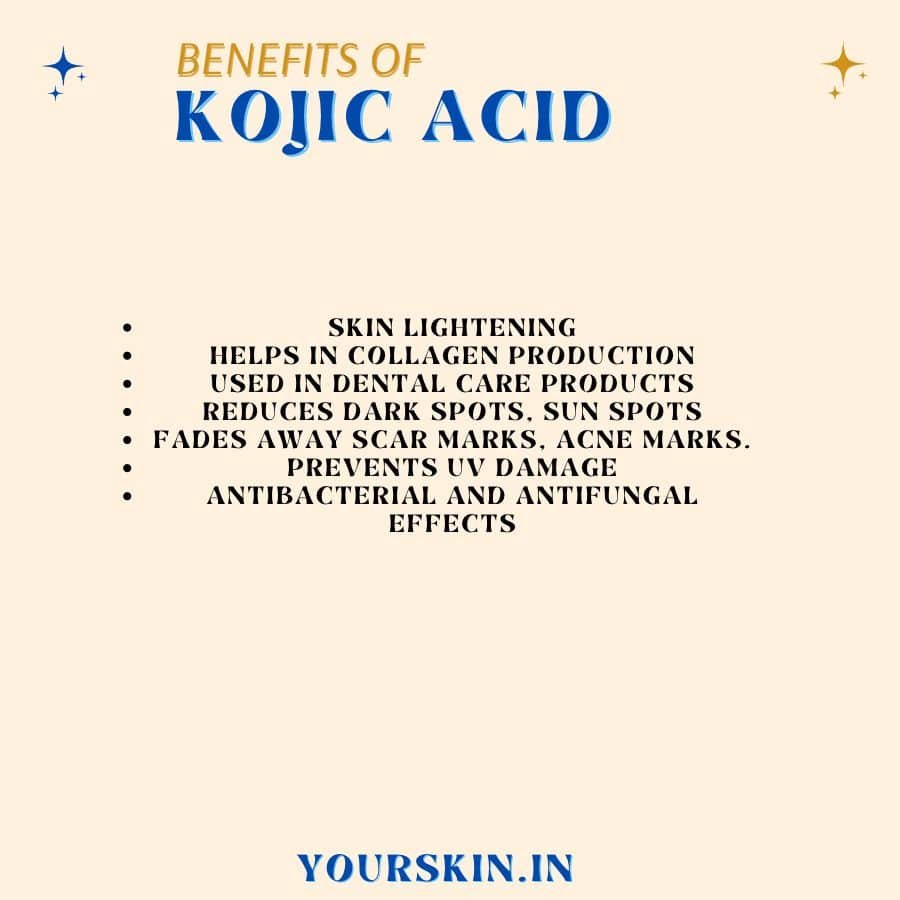
How Kojic Acid Works
There can be an entire science chapter if we start to describe the molecular way kojic acid works. But let us simplify the process for the sake of the article.
Tyrosine is an amino acid that is used to create melanin by melanocytes (cells that make melanin). This melanin is what darkens the skin. Our skin has dark spots due to excess concentration of melanin.
Kojic acid stops tyrosine from being converted into melanin by inhibiting the process. So wherever you apply kojic acid, it would reduce and even stop the production of melanin. It is how kojic acid has a skin-lightening effect.
Kojic Acid for Indian Skin
People who are managing hyperpigmentation, dark spots, melasma, etc must have added kojic acid creams to their carts before completing this article. But just hold your horses.
There is no lack of research showing the beneficial effects of kojic acid on the skin. But just kojic acid is not enough.
An interesting research by Kirti S. Deo, Kedar N. Dash, et. al., compared the efficiency of kojic acid with different combinations.
It was found that kojic acid at 1% along with hydroquinone at 2% was the most effective combination in depigmentation. Kojic acid 1%, hydroquinone 2%, and betamethasone valerate 0.1% cream were second in efficacy.
Kojic acid with just betamethasone valerate 0.1% cream was the worst in performance among all.
For people who are suffering from melasma, especially Indian women, kojic acid in combination with hydroquinone or glycolic acid is extremely beneficial in reducing pigmentation due to melasma (Garcia A, Fulton Jr J E, 1996)
So if you are on the lookout for kojic acid cream, make sure you get the one with hydroquinone. Don’t add the cream to your cart yet. Let’s look at the side effects and potential damage kojic acid can cause to your skin.
Side Effects of Kojic Acid
No skin care product comes without side effects. Let’s take a look at all the side effects of using kojic acid.
Burning Sensation
During our trial phase, almost all of us felt a slight burning sensation on the skin right after application. We used Melaglow Rich with 2% Kojic Acid.
But we do think the burning sensation was due to the added licorice extract and niacinamide and not because of the kojic acid.
Increased Sun Damage
As kojic acid reduces the production of melanin, it is natural that your skin will be more prone to sun damage. To counter it, make sure you apply sunscreen whenever your skin is exposed to sunlight.
Contact Dermatitis
People with sensitive skin must be very careful before applying kojic acid as it could lead to irritation, redness, dryness, and other skin issues. Consult your dermatologist before using kojic acid.
Conclusion
Kojic acid in combination with hydroquinone or glycolic acid is an excellent way of reducing melasma, hyperpigmentation, dark spots, and other spots caused by excess melanin.
There was research done that showed kojic acid might lead to the formation of tumors, but the study has been refuted as the amount of kojic acid absorbed in the circulatory system is not enough to cause any DNA damage.
Consult your dermatologist and start applying kojic acid and it might be the one cream you were looking for! Take care of your skin.
References
Complete analysis of Kojic Acid – Final Report of the Safety Assessment of Kojic Acid as Used in Cosmetics by Christina L. Burnett, Wilma F. Bergfeld, et. al. (Link)
Kojic Acid works great with hydroquinone – Deo KS, Dash KN, Sharma YK, Virmani NC, Oberai C. Kojic Acid vis-a-vis its Combinations with Hydroquinone and Betamethasone Valerate in Melasma: A Randomized, Single-Blind, Comparative Study of Efficacy and Safety. Indian J Dermatol. 2013 Jul;58(4):281-5. doi: 10.4103/0019-5154.113940. PMID: 23918998; PMCID: PMC3726874. (Link)
Garcia A, Fulton JE Jr. The combination of glycolic acid and hydroquinone or kojic acid for the treatment of melasma and related conditions. Dermatol Surg. 1996 May;22(5):443-7. doi: 10.1111/j.1524-4725.1996.tb00345.x. PMID: 8634807. (Link)
Kojic acid applications in cosmetic and pharmaceutical preparations, Biomedicine & Pharmacotherapy, Volume 110, 2019, Pages 582-593, ISSN 0753-3322, (Link)

